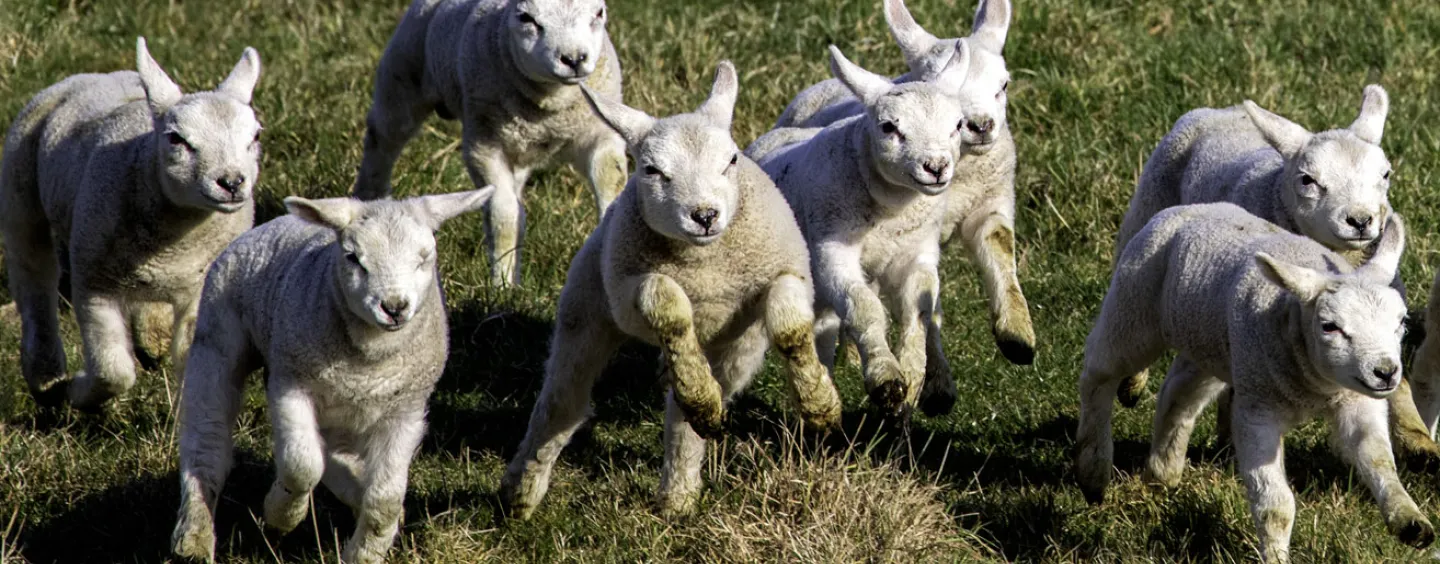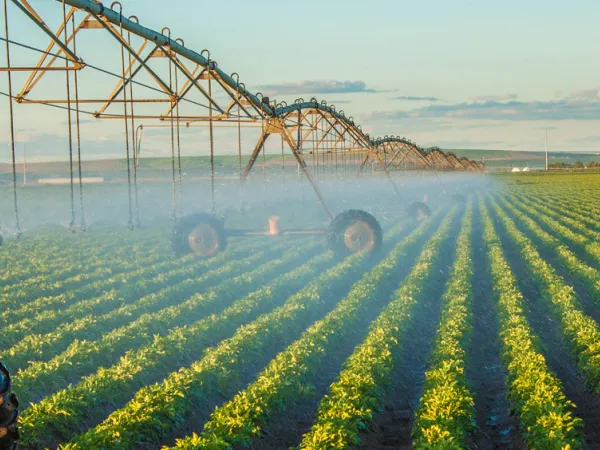
Search the NIFA website for your inquiry.
Page
Science Emphasis Areas Portfolios
The following Science Emphasis Areas portfolios are focused on supporting NIFA’s vision, mission and priorities. They were configured based on program groupings under NIFA’s priorities and organizational structure.
Webinars
Children's Healthy Living (CHL) Program for Remote Underserved Minority Populations in the Pacific Region - IFSN Seminar
Dr. Rachel Novotny, University of Hawaii presented CHL—Children’s Healthy Living Project for Remote Underserved Minority Populations in the Pacific Region and CHL graduate students presented their research projects. This seminar…
Page
NIFA’s Portfolio Planning and Evaluation Cycle
There are five phases of this cycle, stakeholder input, portfolio strategic planning, planning implementation, portfolio assessment, and portfolio reporting.
Forms
Recommended Format for Submitting Expected Outcomes
Expected Outcomes – PDF AttachmentThese are the Recommended Formats for Submitting Expected Outcomes for DOCE RFAs. Title the attachment “Expected Outcomes” in the document header and save file as “ExpectedOutcomes.” Please use a…
Program
1890 Land-Grant Institutions Programs
The 1890 land-grant system consists of the following 19 universities: Alabama A&M, Alcorn State University, Central State University, Delaware State University, Florida A&M University, Fort Valley State University, Kentucky State…
Factsheets
NIFA Peer Review Process for Competitive Grant Applications
NIFA reviews all applications accepted into the individual competitive programs through the peer review process. The following description of that process portrays general concepts that are shared among NIFA competitive grants programs…
Page
Land-Grant Colleges and Universities
Learn about the partners who collaborate with NIFA to address critical issues related to agriculture, food, the environment, and communities.
Instructions
Integrated Programs Application Information
Within NIFA, integrated is defined as bringing the three components of the agricultural knowledge system (research, education, and extension) together around a problem area or activity. Integration may be done at the project level or…
Program
Higher Education Multicultural Scholars Program (MSP)
The Higher Education Multicultural Scholars Program provides support to students to help them complete their bachelor’s degree in the Food, Agriculture, Natural Resources, Human (FANH) Sciences or Doctor of Veterinary Medicine in…
Instructions
AFRI Request for Applications Resources
The Agriculture and Food Research Initiative (AFRI) streamlined the content of its Requests for Applications (RFA). In lieu of including long sections of general information in every RFA, the RFAs contain a reference link to this…
Page
Microbial Biotechnology
Microbes (or microorganisms) are organisms that are too small to be seen by the unaided eye. They include bacteria, fungi, protozoa, microalgae, and viruses. Microbes live in familiar settings such as soil, water, food, and animal…
Presentations
Economics, Markets and Trade
This program area priority within the Agriculture Economics and Rural Communities (AERC) program area supports research on development of theories, methods and applications of agricultural economics. It encourages…
Instructions
Limited English Proficiency
The Limited English Proficiency (LEP) Implementation Strategy of the U.S. Department of Justice and Untied States Department of Agriculture Guidance sets forth the recommended strategy and step-by-step procedures for ensuring that…






